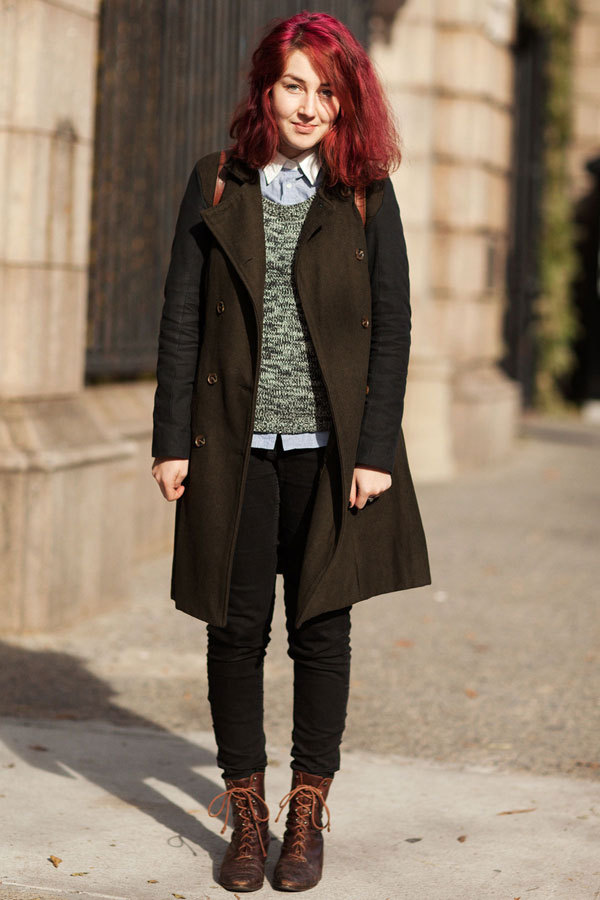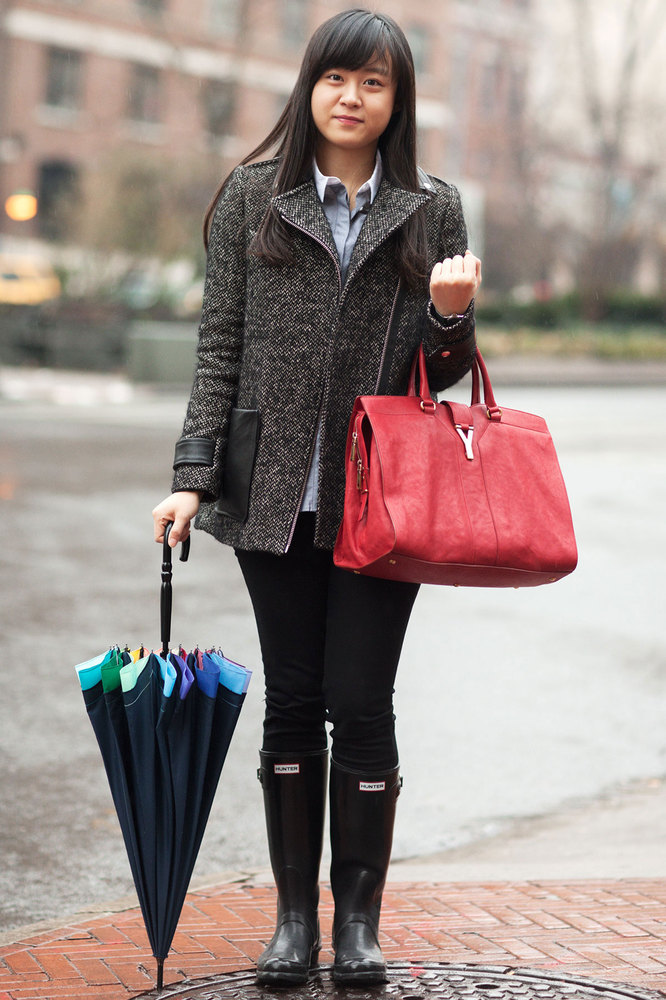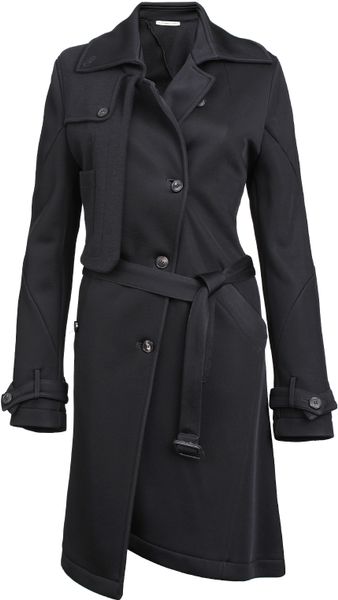BY IMRAN AMED, EDITOR FRIDAY, 21 JUNE, 2013
 Source: Dolce and Gabbana
Source: Dolce and Gabbana
LONDON, United Kingdom — The fashion world took notice this week as Domenico Dolce and Stefano Gabbana were sentenced to 20 months in prison and received an initial fine of €500,000 (about $660,000 at current exchange rates), following a verdict issued by a Milan court that found the famed Italian design duo guilty of tax evasion in the sale of the Dolce & Gabbana stable of brands to Luxembourg-based Gado Srl in 2004. The designers were acquitted on a second charge.
In response to the decision, the designers’ lawyers issued a detailed (though at times hard to decipher) statement expressing a mix of satisfaction and astonishment, vowing to appeal the decision in the Corte di Cassazione, Italy’s highest court. Indeed, it seems this legal saga is far from over.
Meanwhile, in Istanbul, the streets have been filled with people from all strata of society protesting the authoritarian tendencies of the Erdogan government, which has deployed police armed with water cannons and tear gas to counter the demonstrations and threatened to use “all its powers,” including the armed forces if necessary, to “establish peace.” We managed to speak with Ece Sükan, a well-known street-style star, former editor-at-large for Turkish Vogue, and friend of BoF, who is participating in the ‘OccupyGezi’ resistance movement and examined the ground-level realities and future prospects of the luxury market in this fast-growing nation which bridges East and West and has, in recent years, shown signifiant economic momentum.
We also got to know two very talented creatives from the broader BoF community this week. Lynn Yaeger, an inimitable writer and journalist, shared her amazing story with us in an honest and forthright account of her impressive career and the joy she still derives from being part of the fashion industry. And across the pond, we sat down with Robbie Spencer, the rising styling star and newly appointed fashion director of Dazed & Confused.
Over in New York, while many have covered the crop of fast-rising East Asian American designers making their mark on the American fashion scene, much-less discussed, but equally interesting are a group of American designers of South Asian origins — Naeem Khan, Bibhu Mohapatra, Prabal Gurung and Sachin + Babi — who have leveraged their ties at home to deliver contemporary fashions which fuse their Western design sensibilities with Indian craftsmanship and handwork.
And, down under in Australia, we shone the BoF Spotlight on From Britten P/L, whose sharp menswear silhouettes caught my eye on my most recent trip to Sydney.
Speaking of eye-catching, earlier this week I sat down with Charlotte Tilbury, Chris Levine and Malcolm Edwards to talk about a striking lenticular portrait of Kate Moss, the result of a great coming together of talent from the worlds of fashion, beauty and art. You can watch the video here.
In other news, Dior announced it’s plans to sponsor the fall gala at the Guggenheim Museum in New York, 032c appointed Mel Ottenberg as fashion director, Paris-based RAD announced a Series A round of €2.5m, Bloomberg reported that Moncler was assembling a team of investment bankers to pursue a long-mooted IPO, French couturier Jean-Louis Scherrer died at the age of 78 and Valextra revealed its plans for an initial public listing as the culmination of a new five to 10 year strategy.
And that’s another around-the-world look at this week’s news in the business of fashion. More from us, including reports from the men’s shows in Milan, next week.
Happy weekend everyone.

Imran Amed
Founder and Editor-in-Chief
In response to the decision, the designers’ lawyers issued a detailed (though at times hard to decipher) statement expressing a mix of satisfaction and astonishment, vowing to appeal the decision in the Corte di Cassazione, Italy’s highest court. Indeed, it seems this legal saga is far from over.
Meanwhile, in Istanbul, the streets have been filled with people from all strata of society protesting the authoritarian tendencies of the Erdogan government, which has deployed police armed with water cannons and tear gas to counter the demonstrations and threatened to use “all its powers,” including the armed forces if necessary, to “establish peace.” We managed to speak with Ece Sükan, a well-known street-style star, former editor-at-large for Turkish Vogue, and friend of BoF, who is participating in the ‘OccupyGezi’ resistance movement and examined the ground-level realities and future prospects of the luxury market in this fast-growing nation which bridges East and West and has, in recent years, shown signifiant economic momentum.
We also got to know two very talented creatives from the broader BoF community this week. Lynn Yaeger, an inimitable writer and journalist, shared her amazing story with us in an honest and forthright account of her impressive career and the joy she still derives from being part of the fashion industry. And across the pond, we sat down with Robbie Spencer, the rising styling star and newly appointed fashion director of Dazed & Confused.
Over in New York, while many have covered the crop of fast-rising East Asian American designers making their mark on the American fashion scene, much-less discussed, but equally interesting are a group of American designers of South Asian origins — Naeem Khan, Bibhu Mohapatra, Prabal Gurung and Sachin + Babi — who have leveraged their ties at home to deliver contemporary fashions which fuse their Western design sensibilities with Indian craftsmanship and handwork.
And, down under in Australia, we shone the BoF Spotlight on From Britten P/L, whose sharp menswear silhouettes caught my eye on my most recent trip to Sydney.
Speaking of eye-catching, earlier this week I sat down with Charlotte Tilbury, Chris Levine and Malcolm Edwards to talk about a striking lenticular portrait of Kate Moss, the result of a great coming together of talent from the worlds of fashion, beauty and art. You can watch the video here.
In other news, Dior announced it’s plans to sponsor the fall gala at the Guggenheim Museum in New York, 032c appointed Mel Ottenberg as fashion director, Paris-based RAD announced a Series A round of €2.5m, Bloomberg reported that Moncler was assembling a team of investment bankers to pursue a long-mooted IPO, French couturier Jean-Louis Scherrer died at the age of 78 and Valextra revealed its plans for an initial public listing as the culmination of a new five to 10 year strategy.
And that’s another around-the-world look at this week’s news in the business of fashion. More from us, including reports from the men’s shows in Milan, next week.
Happy weekend everyone.

Imran Amed
Founder and Editor-in-Chief












